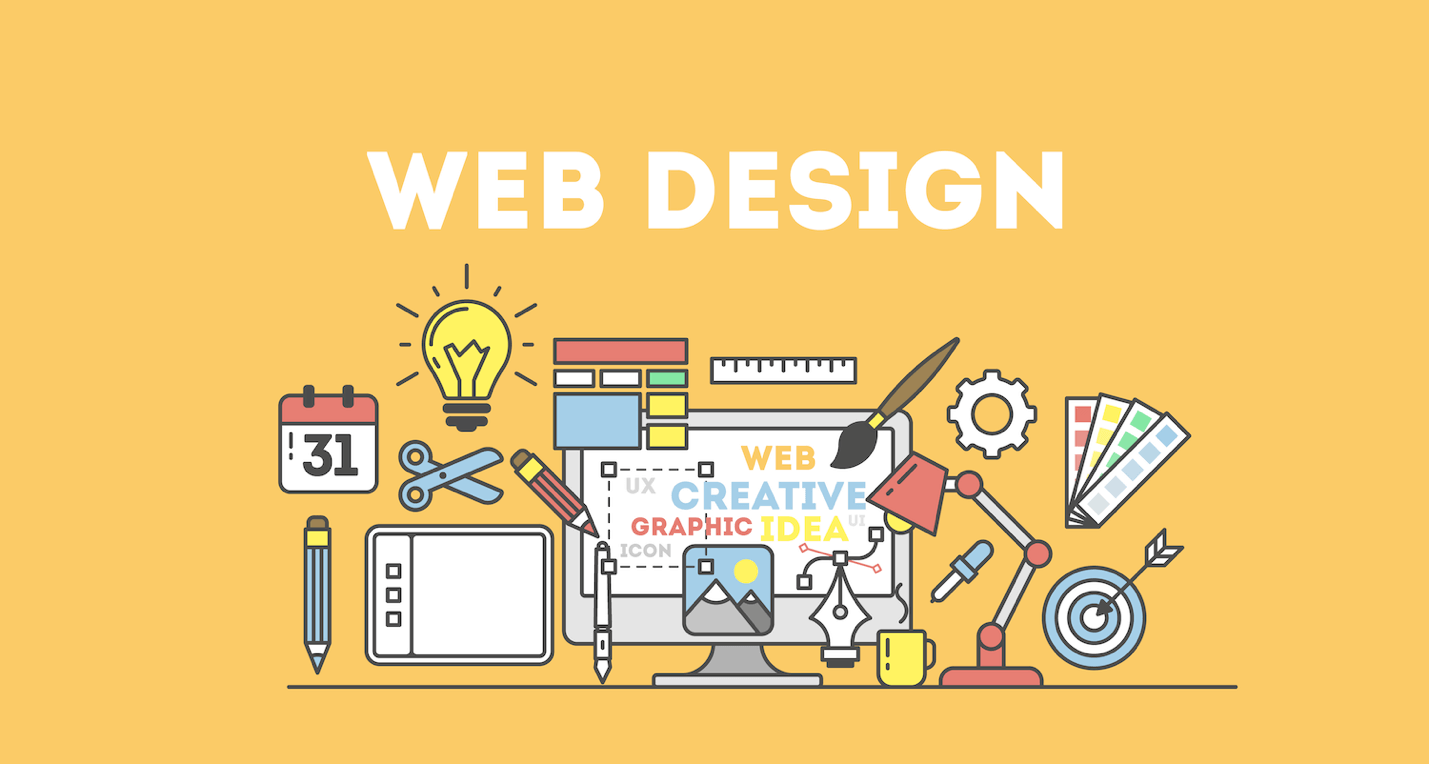High-Converting Website Design Solutions for Enhanced Engagement
Top Tips for Creating an Impactful Web Site Style That Transforms
In today's electronic landscape, the value of an impactful website design can not be overemphasized, particularly when it involves transforming site visitors into consumers. To attain this, one must consider a selection of elements, including comprehending the target audience, prioritizing individual experience, and maximizing for mobile systems. Furthermore, the critical usage of engaging call-to-actions and a distinct aesthetic pecking order plays a vital duty in assisting customers through their journey. As we check out these essential components, it comes to be noticeable that the success of your website hinges on greater than simply appearance; it needs a thoughtful technique to style and functionality.

Understand Your Target Target Market
Recognizing your target audience is basic to reliable site layout, as it lays the foundation for creating an interesting user experience. Identifying that your users are, including their demographics, choices, and habits, allows developers to tailor the website's content, layout, and capability to meet details needs.
Conducting detailed market research study is crucial in this procedure. Studies, interviews, and analytics can supply beneficial insights right into user assumptions and pain factors. By compiling this information, designers can produce customer personalities that represent various sections of the target market, guaranteeing that design decisions are informed and appropriate.
Moreover, understanding the target audience aids in selecting appropriate layout elements such as color pattern, typography, and imagery that resonate with users. A web site that talks directly to its target market fosters a sense of connection and depend on, encouraging longer brows through and higher conversion rates.
Eventually, a user-centered method to website design not only improves user contentment but also supports service objectives by driving interaction and loyalty. By prioritizing the demands and preferences of the target audience, a web site can successfully offer its function and attain wanted end results.
Prioritize Customer Experience
To enhance the total performance of an internet site, focusing on individual experience (UX) is important (Website Design). A well-designed UX ensures that visitors can navigate the website easily, discover information swiftly, and involve with material meaningfully. This brings about raised individual satisfaction and greater conversion rates
Begin by implementing instinctive navigation. Menus should be practically structured, permitting individuals to find essential areas of the website with very little initiative. Consistency in design components, such as color pattern and font styles, promotes familiarity, which is critical for preserving customer interaction.
Additionally, take into consideration the filling rate of your web site. A delay of simply a few seconds can result in substantial drop-offs, as individuals are less most likely to await a slow-loading page. Streamlining pictures and optimizing code can improve performance and maintain visitors.
Additionally, quality in content discussion is essential. Use concise, appealing language and damage up message with visuals to improve readability. By focusing on user experience, you not only develop an extra enjoyable setting for visitors but likewise enhance your brand's trustworthiness. Inevitably, a concentrate on UX is an investment in the lasting success of your website.
Enhance for Mobile Instruments
Optimizing for mobile phones is vital in today's electronic landscape, where a raising number of individuals gain access to web sites with mobile phones and tablet computers. A mobile-friendly layout not just improves user experience however likewise plays a considerable function in enhancing search engine rankings. To achieve this, it is necessary to adopt a receptive design that automatically gets used to numerous screen dimensions and alignments.

Loading speed is an additional critical aspect; mobile customers are usually less individual and anticipate fast access to details. By focusing on mobile optimization, you guarantee that your internet site remains competitive and successfully engages a broader audience.
Usage Engaging Call-to-Actions
A website's efficiency frequently rests on its capability to lead visitors toward wanted activities, making compelling call-to-actions (CTAs) important elements of design. CTAs work as the pivotal points that guide individuals to involve with the site, whether that implies making a purchase, registering for a newsletter, or downloading a resource.
To produce reliable CTAs, quality is critical. Usage concise language that clearly connects the activity you desire the user to take.
Furthermore, consider making use of directional cues, such as arrowheads or photos, to assist users toward these switches. By focusing on these elements, services can considerably boost user interaction, driving conversions and ultimately accomplishing their website's objectives.
Emphasis on Visual Power Structure
Effective navigate to this website internet site design depends greatly on a well-structured visual pecking order that overviews users through material seamlessly. By organizing components in a fashion that focuses on information, designers can boost user experience and help with decision-making. This involves making use of dimension, color, comparison, and spacing strategically to accentuate one of the most crucial elements of a page.
The usage of bigger typefaces for headings and subheadings establishes a clear distinction between various sections, enabling customers to scan content easily. In addition, employing contrasting colors for buttons and calls-to-action can capture customer interest and motivate communication. Whitespace is an additional crucial component; it avoids clutter and allows individuals to focus on essential messages without diversions.
Photos and graphics should enhance the message while additionally sticking to the established hierarchy, strengthening the total message (Website Design). Uniformity in layout components, such as color design and typography, additional enhances the visual pecking order, making navigating intuitive

Conclusion
In conclusion, effective website layout necessitates a detailed understanding of the target audience, prioritization of have a peek at these guys user experience, and basics mobile optimization. The tactical use of engaging call-to-actions and a well-defined visual hierarchy further boosts individual engagement. By carrying out these principles, websites can attain higher conversion prices, making certain that style elements not just draw in visitors yet also promote seamless navigation and communication. Inevitably, a well-executed website layout works as an important component in driving customer activities and attaining service objectives.